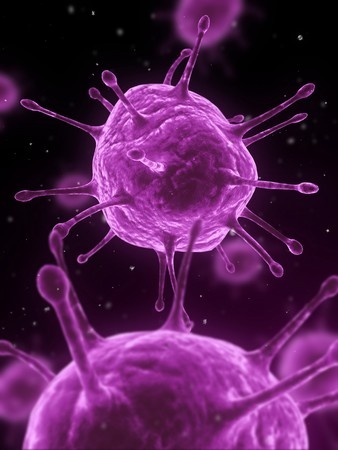Apples that don’ brown, classical music helps the brain, science in the movies, galactic water and El Nino for 2015 – lots of great news stories to turn your kids onto science. This eclectic collection of current science news stories is brought to you by STAOBlog.
SciNews is published every Monday and Thursday. Stay tuned for more
 Biology
Biology
Listening to classical music modulates genes that are responsible for brain functions. Science Daily.
Although listening to music is common in all societies, the biological determinants of listening to music are largely unknown. According to a new study, listening to classical music enhanced the activity of genes involved in dopamine secretion and transport, synaptic neurotransmission, learning and memory, and down-regulated the genes mediating neurodegeneration. Several of the up-regulated genes were known to be responsible for song learning and singing in songbirds, suggesting a common evolutionary background of sound perception across species. More…
Chemistry
How much sugar is in kids’ meals in chain restaurants? Enough to shock researchers. U of T N ews.
ews.
University of Toronto researchers have found that half of kids’ meals at chain restaurants exceed the World Health Organization’s new daily limit for added sugar – and some account for several days’ worth of the daily allowance. More…
Science in Hollywood. Science News for Students.
There’s so much snow in the movie Frozen that the cold white stuff might as well be the star of the animated film. It falls, flies, piles and melts. Snow sprays through the air as Anna and Kristoff cling to a reindeer-pulled sleigh, barely escaping a pack of snarling wolves. Snow dances in the air as Elsa uses her special powers to build an icy fortress on a lonely mountain. The movie even includes Olaf, a wisecracking snowman. More…
Physics
How to pick up messages after they’re gone. Science News for Students.
Light may travel at the speed of light. That does not, however, mean that the data it carries has to. Scientists have just proposed a way to read light-based messages long after the light itself has flown by. The new technique relies on measuring electromagnetic “echoes” in space. One day, astronomers might use the new process to glean details about distant stars and galaxies without directly measuring their light. Doing that, however, is a ways off. More…
Earth and Space Science
Underground ocean on Jupiter’s largest moon, Ganymede. Science Daily
Identifying liquid water on other worlds, big or small, is crucial in the search for habitable planets beyond Earth. Though the presence of an ocean on Ganymede has been long predicted based on theoretical models, NASA’s Hubble Space Telescope found the best evidence for it. Hubble was used to watch aurorae glowing above the moon’s icy surface. The aurorae are tied to the moon’s magnetic field, which descends right down to Ganymede’s core. A saline ocean would influence the dynamics of the magnetic field as it interacts with Jupiter’s own immense magnetic field, which engulfs Ganymede. Because telescopes can’t look inside planets or moons, tracing the magnetic field through aurorae is a unique way to probe the interior of another world. More…
El Nino Officially Declared for 2015. Scientific American.
Just when everyone had pretty much written it off, the El Niño event that has been nearly a year in the offing finally emerged in February and could last through the spring and summer, the National Oceanic and Atmospheric Administration announced Thursday. More…



